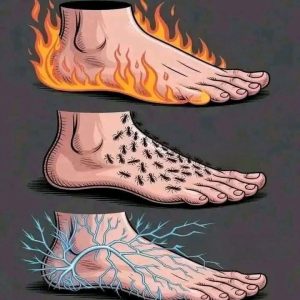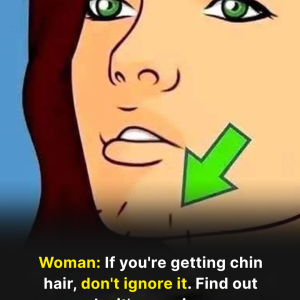
Visible veins—especially on your hands, arms, or legs—are often seen as a harmless sign of aging, low body fat, or an active lifestyle. In many cases, they are not a cause for concern. However, when veins become suddenly more noticeable, it could signal an underlying health issue that should not be ignored.
Below are five medical conditions that may be behind those bulging, visible veins.
1. Chronic Venous Insufficiency (CVI)
Chronic venous insufficiency occurs when the valves in your veins weaken or fail, preventing blood from flowing efficiently back to the heart. This causes blood to pool in the limbs—most commonly the legs—making veins appear enlarged, twisted, or bulging.
Symptoms may include:
- Rope-like, visible veins
- Swelling, heaviness, or aching in the legs
- Skin discoloration or ulcers near the ankles
CVI is more common in older adults and people who spend long hours sitting or standing. If untreated, it can lead to serious complications such as leg ulcers or blood clots.
2. Varicose Veins

Varicose veins are a common vein disorder in which veins—especially in the legs—become swollen, twisted, and clearly visible. While often considered a cosmetic concern, they may indicate underlying vein dysfunction.
What to look for:
- Dark blue or purple veins that bulge under the skin
- Burning, itching, or throbbing around the veins
- Cramping or fatigue in the affected limb
Risk factors include genetics, pregnancy, obesity, and prolonged standing.
3. Deep Vein Thrombosis (DVT)
Deep vein thrombosis is a serious condition where a blood clot forms in a deep vein, typically in the leg or thigh. While the clot itself may not always be visible, the blockage can sometimes cause surface veins to bulge.
Warning signs:
- Sudden swelling in one leg
- Pain or tenderness, often starting in the calf
- Skin that is warm or red to the touch
DVT is potentially life-threatening because the clot can travel to the lungs and cause a pulmonary embolism. Immediate medical attention is required if you suspect DVT.
4. Congestive Heart Failure (CHF)

When the heart is unable to pump blood effectively, pressure builds up in the veins, leading to swelling and visible veins—particularly in the neck, hands, or lower extremities.
Other signs to watch for:
- Shortness of breath
- Persistent fatigue and weakness
- Swelling in the legs, ankles, or feet
CHF is a chronic condition that requires prompt and ongoing medical care. If you notice visible veins along with these symptoms, consult a doctor immediately.
5. Peripheral Vascular Disease (PVD)

Peripheral vascular disease involves narrowed blood vessels that reduce blood flow to the limbs. While arteries are primarily affected, changes in venous circulation can also make veins more visible as the body reroutes blood through smaller vessels.
Possible symptoms:
- Tired, aching legs
- Numbness or coldness in the extremities
- Slow-healing wounds or skin color changes
PVD is often linked to atherosclerosis and increases the risk of heart attack or stroke.




